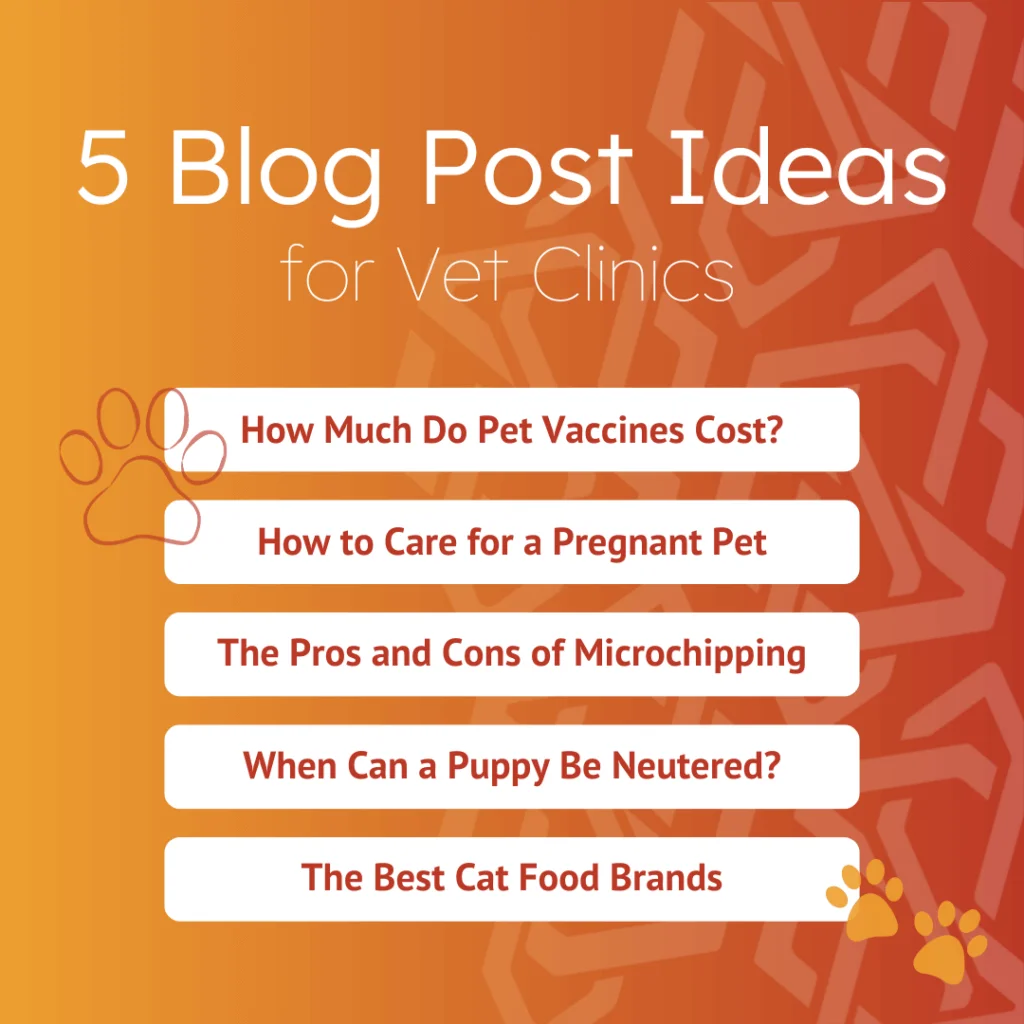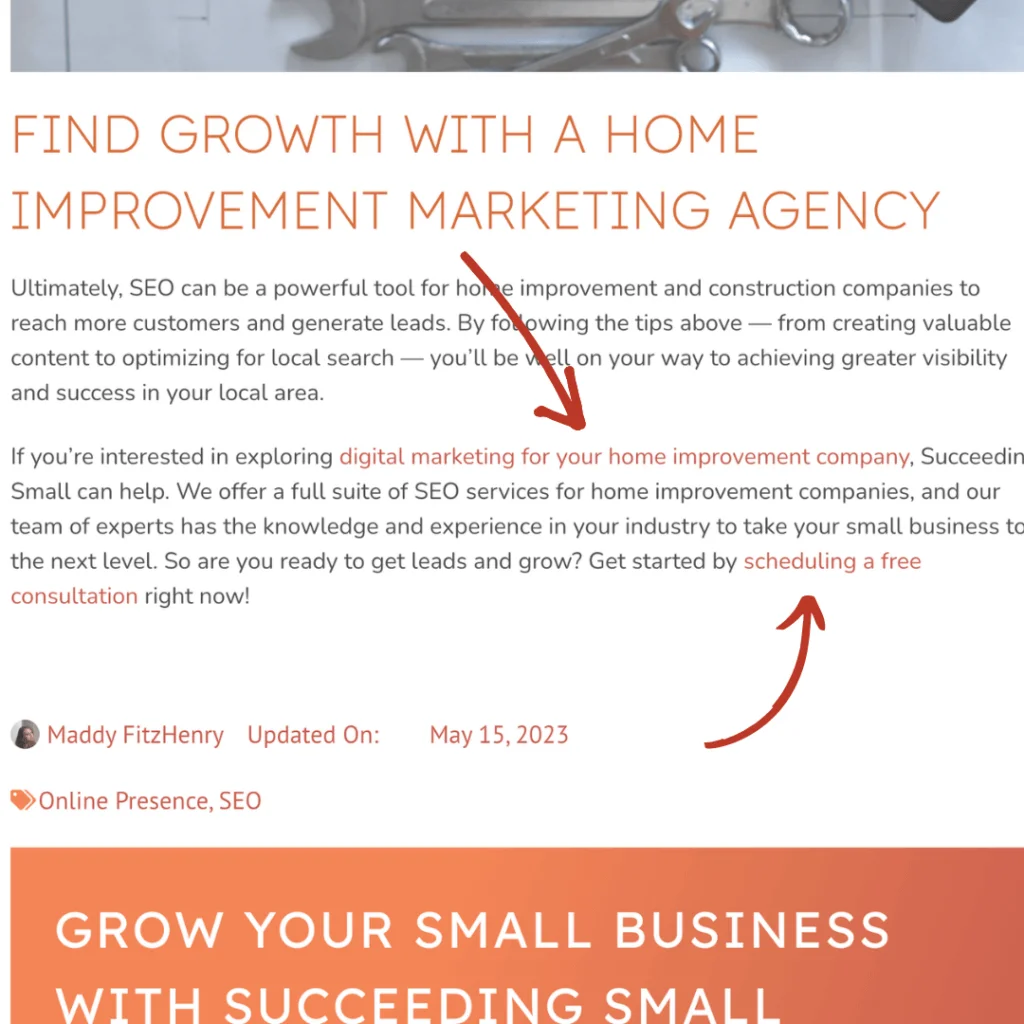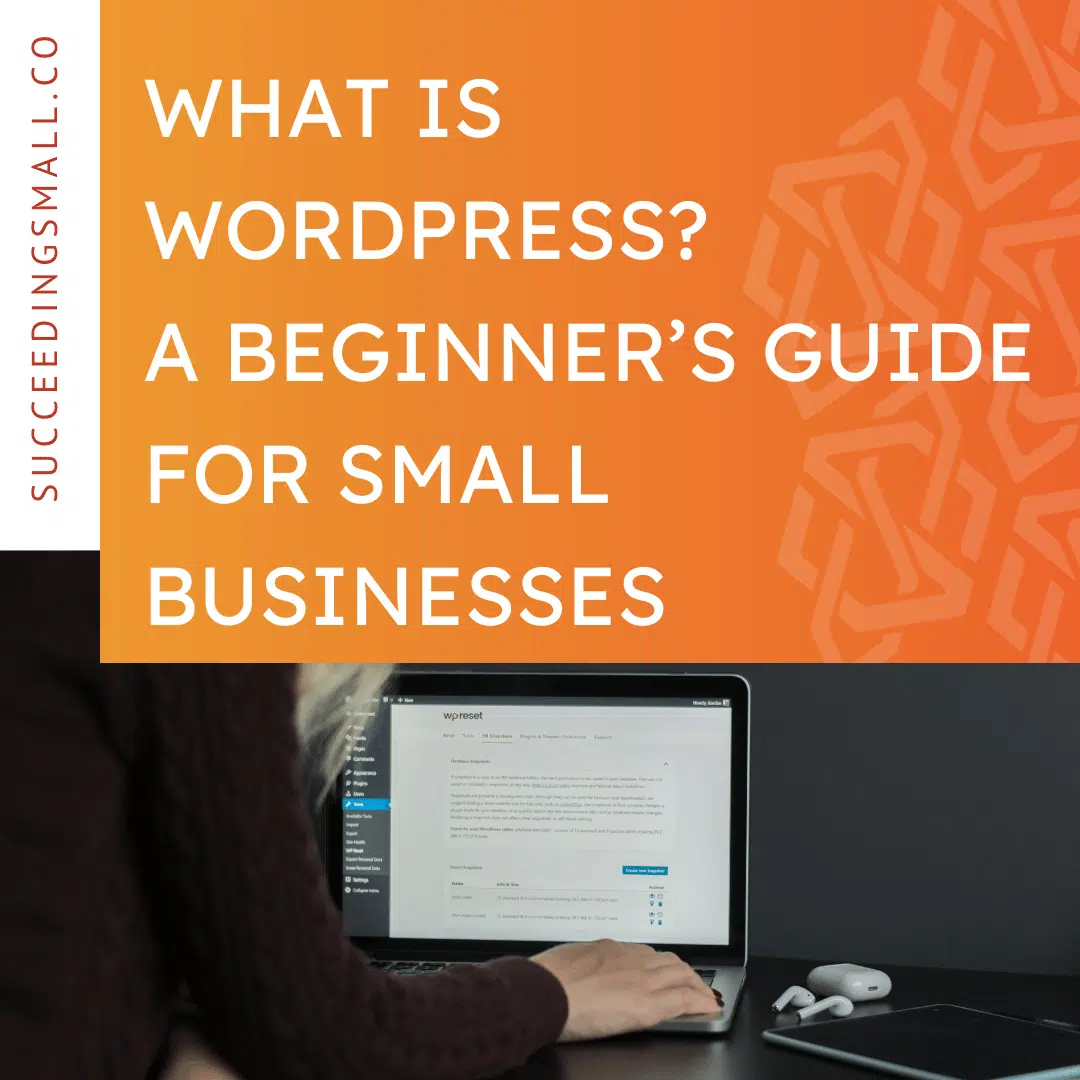Did you know that nearly 50% of small businesses fail within the first five years of business? If you don’t have a digital presence for your small business, you risk being one of those businesses.
Fortunately, search engine optimization (SEO) can help you get the visibility and traffic your small business needs to succeed.
So, you know the importance of digital marketing, and you understand you need to be doing SEO. What now? How do you start? It all begins with crafting an SEO strategy that suits your small business needs.
Keep reading to get a deeper dive into these steps from the digital marketing experts at Succeeding Small.

What is an SEO Strategy?
A comprehensive SEO strategy serves as a road map for the work you’ll need to do on your website and campaigns to drive more organic traffic.
But what is an SEO strategy? An SEO strategy is a plan that you will take to optimize your website for search engines to improve your rankings and drive more organic traffic.
A strong strategy includes a combination of on-page optimization and off-page optimization. On-page optimization refers to the work you do on your website itself. In contrast, off-page optimization refers to SEO activities and strategies outside your website, like link building and content promotion.

SEO Step-By-Step For Small Businesses
Now that you understand the basics of an SEO strategy let’s dive into the 11 steps to SEO success.
1. Identify Your Target Audience
The first step in creating an effective SEO strategy is identifying your target audience. Who are the people that are most likely to be interested in what your business has to offer?
Learn as much as you can about them: their age, gender, location, interests, and goals. Pay attention to the people already engaging with your business — they can help you paint a clearer picture of who you should be targeting.
These people are going to be the focus of your SEO efforts. Besides, why waste your time trying to reach those who aren’t interested in what you have to offer?
2. Look at Your Competition
Once you know your target audience, it’s time to take a good look at the competition. First, take some time to research what keywords they’re targeting and see how they compare against each other in terms of visibility and rankings.
This will give you an idea of what keywords you should be targeting and the sort of content you need to produce and optimize to compete with them in search results.

3. Research Keywords
Now that you better understand your target audience and competitive landscape, it’s time to start researching keywords. Many keyword research tools on the market can help you get started.
We use a keyword research tool called Keywords Everywhere, which can help you discover how many people are searching for a given keyword and how competitive it is. This will give you an idea of which keywords are worth targeting in your SEO efforts.
During your research, make sure to pay attention to long-tail keywords. Long-tail keywords are keywords that are typically three or more words. For example, if you’re a vet in Colorado Springs, here are some long-tail keywords you would target.

Why target long-tail keywords? Well, for a few reasons. First, they can be easier to rank for than shorter, more general keywords. They also tend to have a higher conversion rate because they drive more qualified traffic.
For example, someone searching “vet” could be looking for anything from vet jobs to vet school application tips. However, someone searching for “cheap vets in Colorado Springs” is probably looking to become a new client somewhere.
Once you have your research complete, make sure to integrate them into your content. Here are some specific places you should use your keywords:
- Title tags
- Meta descriptions
- Image alt text
- Headings and subheadings
- Page body copy
- URLs
4. Write Quality Content
Now that you know which keywords to target, it’s time to create content around them. Creating quality content is one of the most important aspects of SEO success because search engines are designed to reward websites that provide valuable and relevant information to searchers.
When creating content, focus on providing value for your readers first. Then, think about how you can help them solve a problem or make their lives easier in some way. The more helpful and engaging your content is, the more likely people will stick around and read it.
Additionally, your content should be optimized for keywords. That means naturally using the keywords you identified in your research throughout your content. However, don’t keyword stuff; instead, focus on providing a good user experience for your readers.
This is also where you can use other SEO techniques like internal linking and external linking to help search engines understand what your content is about, but more on that soon.
Some of the best content ideas to help you rank in search engines include:
- Blog posts
- Guides
- Videos
- Infographics
- Interviews
- Reviews
- Case Studies
- Lists
This may go without saying, but your content should be industry-specific. So, for example, if you’re a vet clinic, don’t go off writing content about the latest celebrity gossip. Instead, keep it relevant to your industry.
Remember to keep content flowing frequently, too! When you have evergreen content that is being published often, you’re helping your website rank for keywords and driving a steady flow of organic traffic.

5. Optimize for Mobile and Tablet
More than 50% of website traffic comes from mobile devices. That means you MUST optimize your website for mobile and tablet devices. Ensure all your content is viewable on a small screen without sacrificing any features or functionality.
Google is now using mobile-first indexing as the default for websites across the web. That means if your website isn’t optimized for mobile, you’re at a severe disadvantage in search results.
You can check your website’s mobile friendliness by using Google’s Mobile-Friendly Test Tool. The tool will give you feedback regarding any issues that need to be addressed.
To ensure your small business website is accessible to all users, you should use responsive design. Responsive design means your website will automatically detect the device on which it is being viewed and adjust itself accordingly.
Make sure you have other mobile-friendly elements, such as a hamburger menu for navigation and large buttons users can easily click. These will make it easier for mobile and tablet users to navigate your website and view your content.

6. Improve Your Site’s Loading Speed
As you build your website and add additional content, you want to ensure this doesn’t compromise site loading speed. Site speed is a crucial part of ranking your website, and both users and algorithms care about loading time A LOT.
According to a study by Portent, conversion rates are three times higher on websites with a page load time of one second or less.
Additionally, the higher your website’s loading speed, the more likely it is for users to leave. Therefore, Google is less likely to reward your website in its search results. Instead, its algorithm will see how many people leave your website and send a negative signal, adversely impacting your website in results.
Here are a few ways you can improve your website’s loading speed:
- Optimize images and videos
- Minify HTML, CSS, and JavaScript code
- Clear your cache regularly
- Implement lazy loading
- Make sure you’re using a fast-performing hosting provider
- Reduce redirects
- Use a content distribution network (CDN)
7. Link Internally
One of the most essential SEO techniques is internal linking. This helps search engines understand more about your website’s content and how each page relates to another.
Google uses these internal links to move through your website more efficiently and, therefore, index all of your content.
By strategically placing link references within the text, you can create an inbound web that will help users navigate your site more efficiently while providing relevant signals to search engines.

For example, if you write a blog post on vaccinating dogs for your vet clinic, you can link to other related content that exists on your website about vaccinations, such as:
- Your services page about vaccinations
- A blog post about the importance of regular check-ups for dogs
- A video tutorial about what to expect for your puppy’s first vaccination appointment
This internal linking technique helps search engine algorithms understand more about your website’s structure and provides users with additional resources related to their interests. Not only is this great for SEO, but it also keeps visitors engaged longer and encourages them to click deeper into your website pages.
8. Build Quality Backlinks
Backlinks are an essential step in your SEO success for your small business. Links from external websites to your own indicate trustworthiness and high-quality content since other sites are willing to link back to you.
When you acquire quality backlinks from authoritative sites, it signals to Google that your website is reliable and worth showing in search results. To start with link building, start by researching popular blogs within your industry and look for ways to contribute guest posts with links pointing back to your website.
You can also reach out via email or social media, asking web admins if they’d be interested in linking back to content on your site. Be sure not to use any spammy tactics or buy low-quality backlinks, as this could result in a penalty from Google. Another tactic you could do is to find broken links on websites and offer your content as a replacement.
Creating quality content and building relationships are essential components for successful link-building. And while this takes more time and effort, it’s worth it in the long run for your SEO success.

9. Monitor Your SEO Results
You should constantly monitor your SEO success and track your progress over time so that you can make adjustments as needed. You can use online analytics tools such as Google Search Console to track page performance, click-through rate (CTR), and overall website data.
These insights allow you to understand what content resonates with users and where improvements can be made. Use these data points to inform decisions on optimizing the content of each page for enhanced visibility in search engines like Google.
By monitoring and optimizing your website for SEO success consistently, you will see more organic traffic come through to your website — leading to more growth for your small business.
10. Keep Updating and Optimizing Content
Along with the abovementioned point, you should continually optimize your old website content for maximum visibility. As search engine algorithms evolve over time, so do the SEO techniques used to stay ahead of the competition.
You should regularly audit and update existing content on your site to ensure it’s still relevant in the eyes of Google and continues to show up in search results.
Remember that SEO is NOT a one-time effort. Maintaining a successful website and staying ahead of the competition takes continual optimization.
Always be sure that your strategy has room for adding new content and optimizing old content. Doing this will keep your website fresh and at the top of search engine rankings for your keywords.

11. Seek Out Small Business SEO Help
If you’re feeling overwhelmed by the thought of taking on SEO for your small business website, many resources are available to help. You can find valuable tips from experts in the field, including online articles or podcasts about SEO best practices.
You can also hire an agency that specializes in SEO services for small businesses.
Working with a knowledgeable professional can provide invaluable insight into successful strategies and techniques. Plus, they’ll be able to audit your website and suggest actionable steps to improve your rankings.
With the proper knowledge and help, you’ll have everything you need to succeed at SEO for your small business.
Succeed With Small Business SEO Services
By following these 11 steps, you can ensure that your website will reach its full potential with successful SEO strategies. Remember that SEO isn’t a one-time effort — it takes continual optimization to stay relevant and build your online presence.
If you’re feeling overwhelmed, don’t hesitate to enlist the help of Succeeding Small, your partner SEO agency. We offer various small business SEO services to help you get the most out of your website, from content marketing and link-building to keyword research and technical SEO. View our SEO services and schedule a FREE consultation to learn more about how Succeeding Small can help you achieve SEO success!













